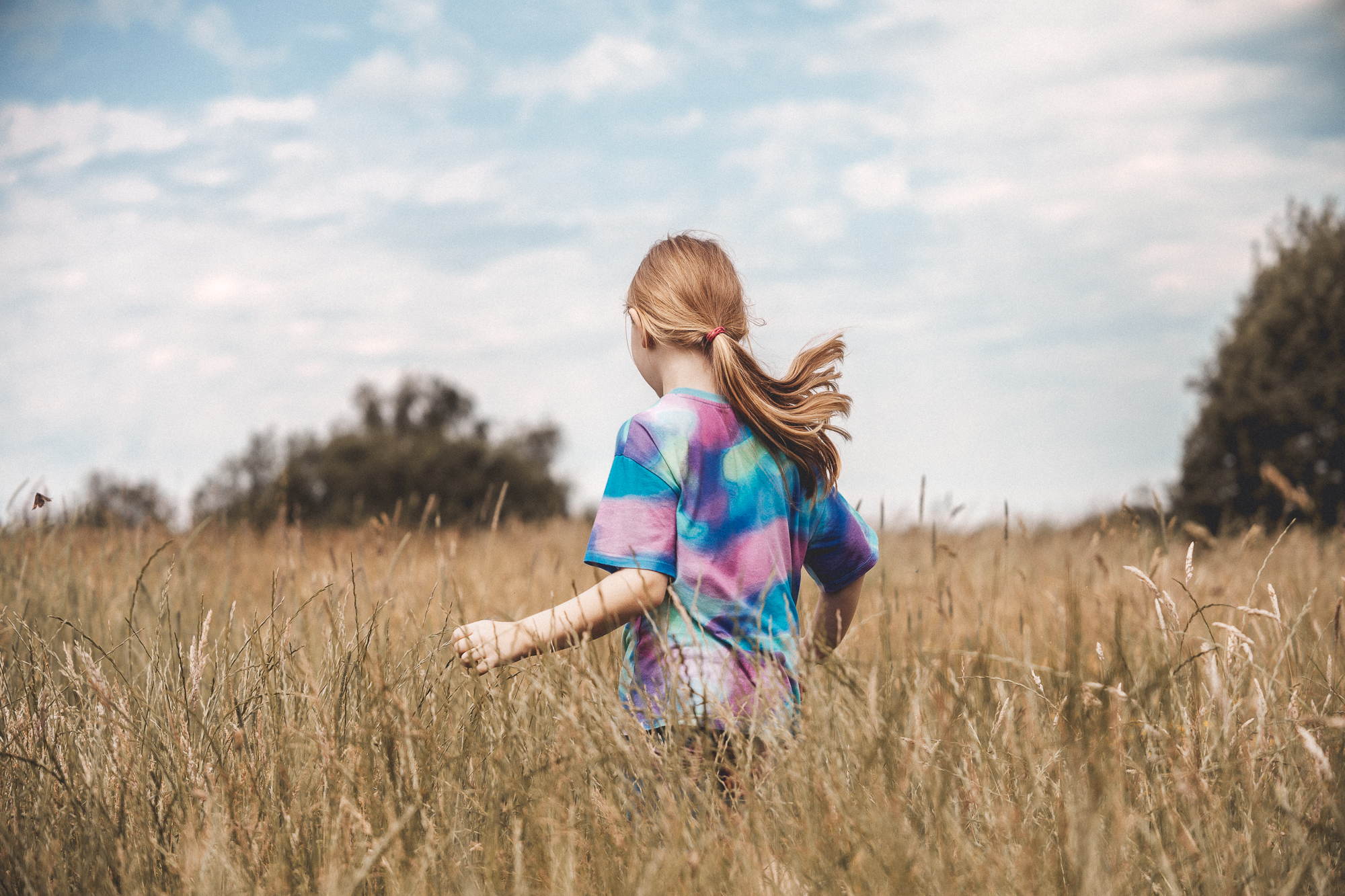All images © Harley Bainbridge
With over 100,000 people awaiting an autism diagnosis in the UK, Harley Bainbridge spent time with one family navigating the highs and lows of the system
“I was aware that autism is a spectrum, but I wasn’t aware of how broad a spectrum it is,” says Harley Bainbridge – “not until I got to meet the families and to know individual kids and their characteristics. That’s really when I discovered that most representations of autistic people are really narrow. They tend to show people as almost neurotic, or else autism is described as a superpower.”
Often characterised by difficulties in social interaction and dealing with change, but with many other varying effects besides, autism is a developmental disability that affects more than one in 100 people. There are around 700,000 autistic adults and children across the UK, where, according to a charity-led report last year, there has been a 269 per cent increase in referrals for diagnosis since 2019, leaving over 100,000 people on NHS waiting lists. While for some individuals and families the disability causes minimal disruption, for others it makes seemingly simple activities both complicated and daunting.
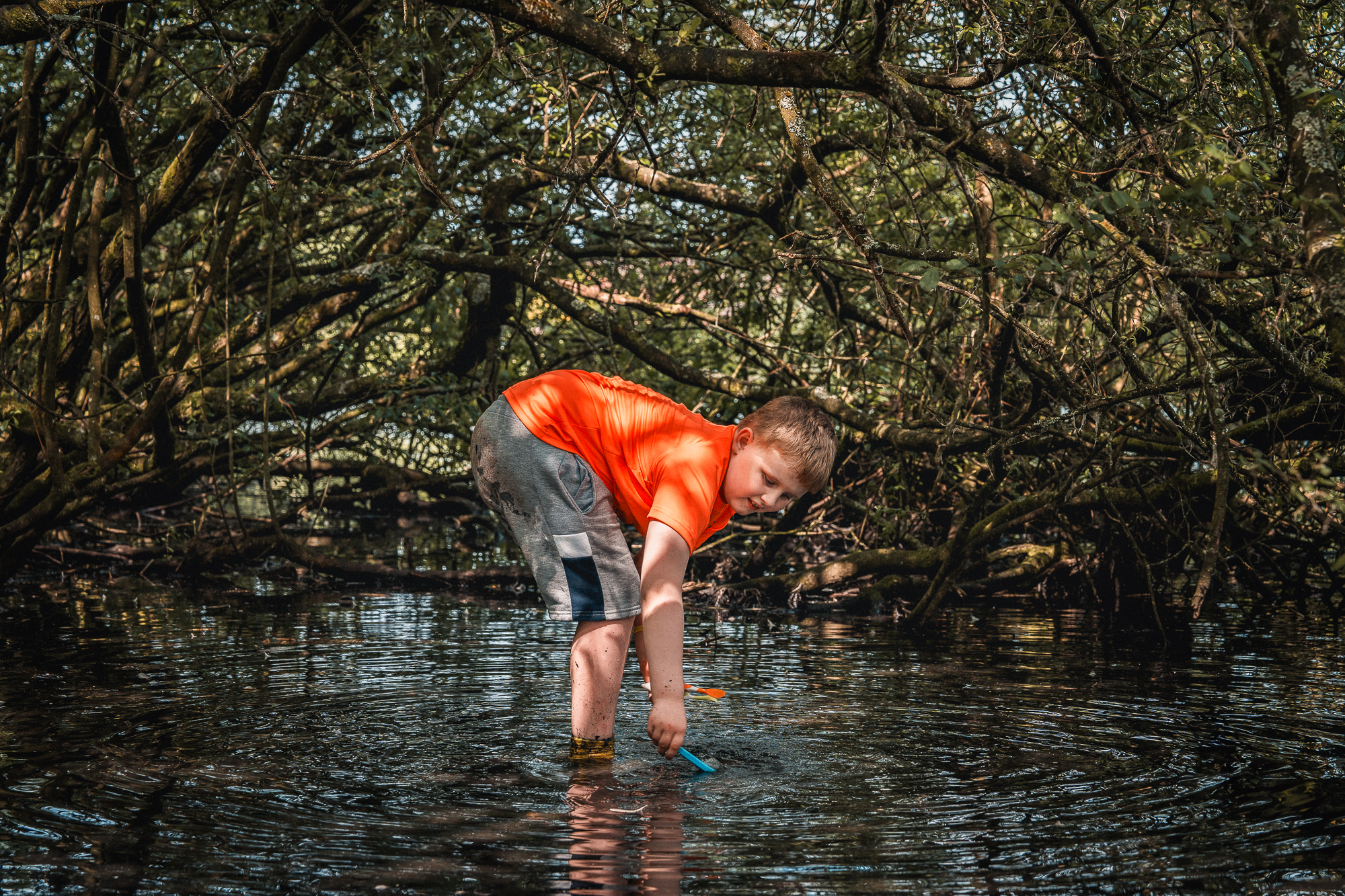
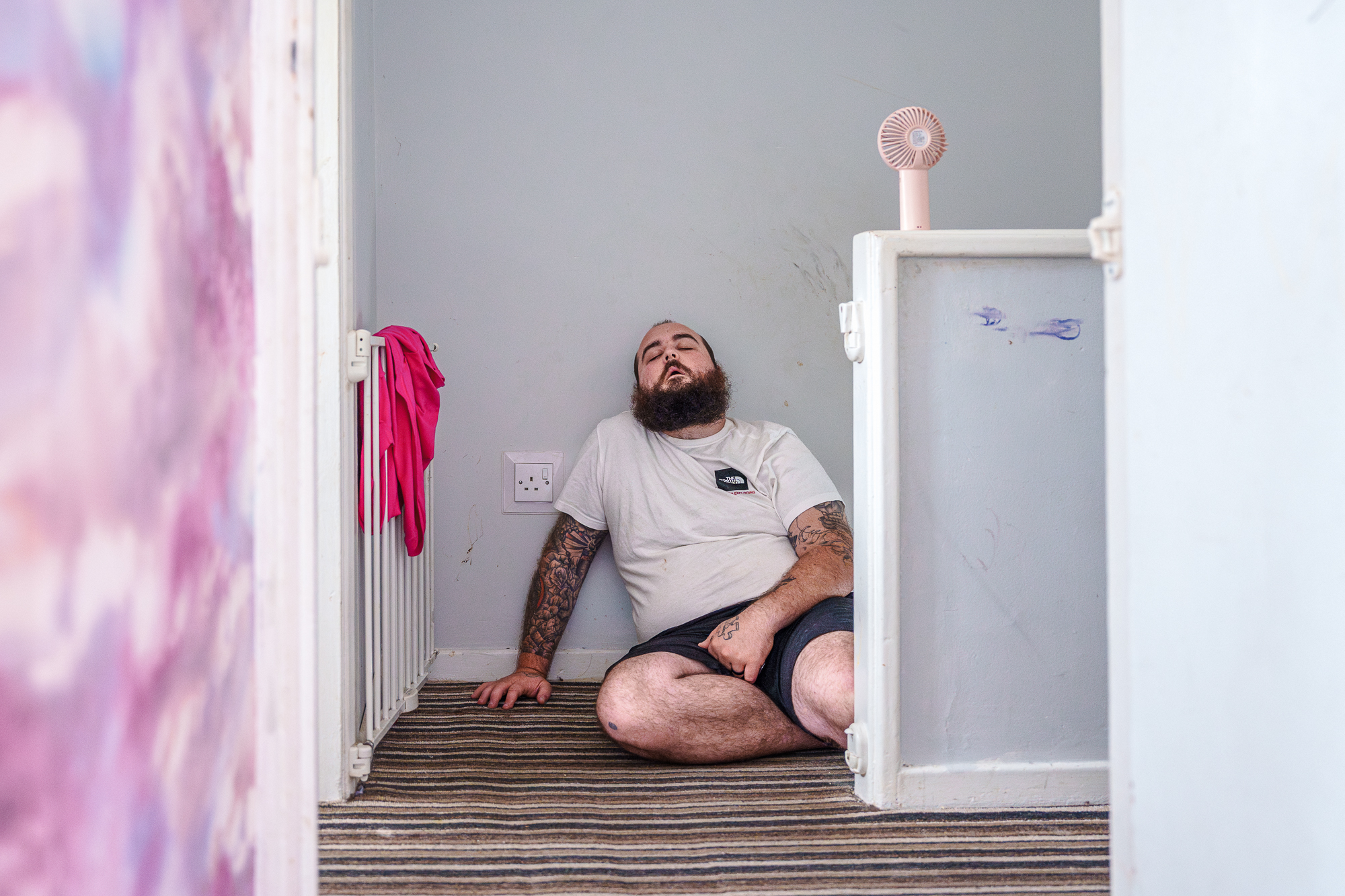
“I think if [a project] is going to be truly collaborative, then it needs to happen from the start and continue all the way through”
Bainbridge’s involvement with families living with autism began through his commercial work – the portrait sessions and event photography that he (and a sizeable majority of image-makers) must undertake in order to financially support their artistic practice. It was while shooting events for non-profit, autism-focused organisation The A World that Bainbridge first decided he wanted to learn more about the families he was meeting.
“I’d be taking pictures and [the families] were just appreciative that you weren’t trying to force the kids to smile and do all the typical stuff,” Bainbridge recalls. “Every time I do an event I’m delivering 1,000 photos. That’s not because I’m delivering 1,000 good photos, it’s because 800 are of families – and I know how important just one photo is for them to have.” Having witnessed how important the chance to engage in ‘normal’ family activities could be for autistic people and their guardians, Bainbridge felt he could go a step further by working on a participatory project.
After speaking with many families – some with young children who have been diagnosed with autism, others made up of parents who themselves are autistic – and considering how to accommodate the needs of each, Bainbridge landed on the Ogdens. Made up of mum Beth, dad Jack and children Lainey, Shiloh and Jacob, they became the focus of the photographer’s recent project, The Family Ogden: Lainey’s Poem, Jacob’s Diagnosis, A Mother’s Concerns. In developing this work, Bainbridge spent time getting to know each of them – especially Jacob, who was diagnosed with autism spectrum disorder in 2019, and experiences ongoing delays with speech and language.
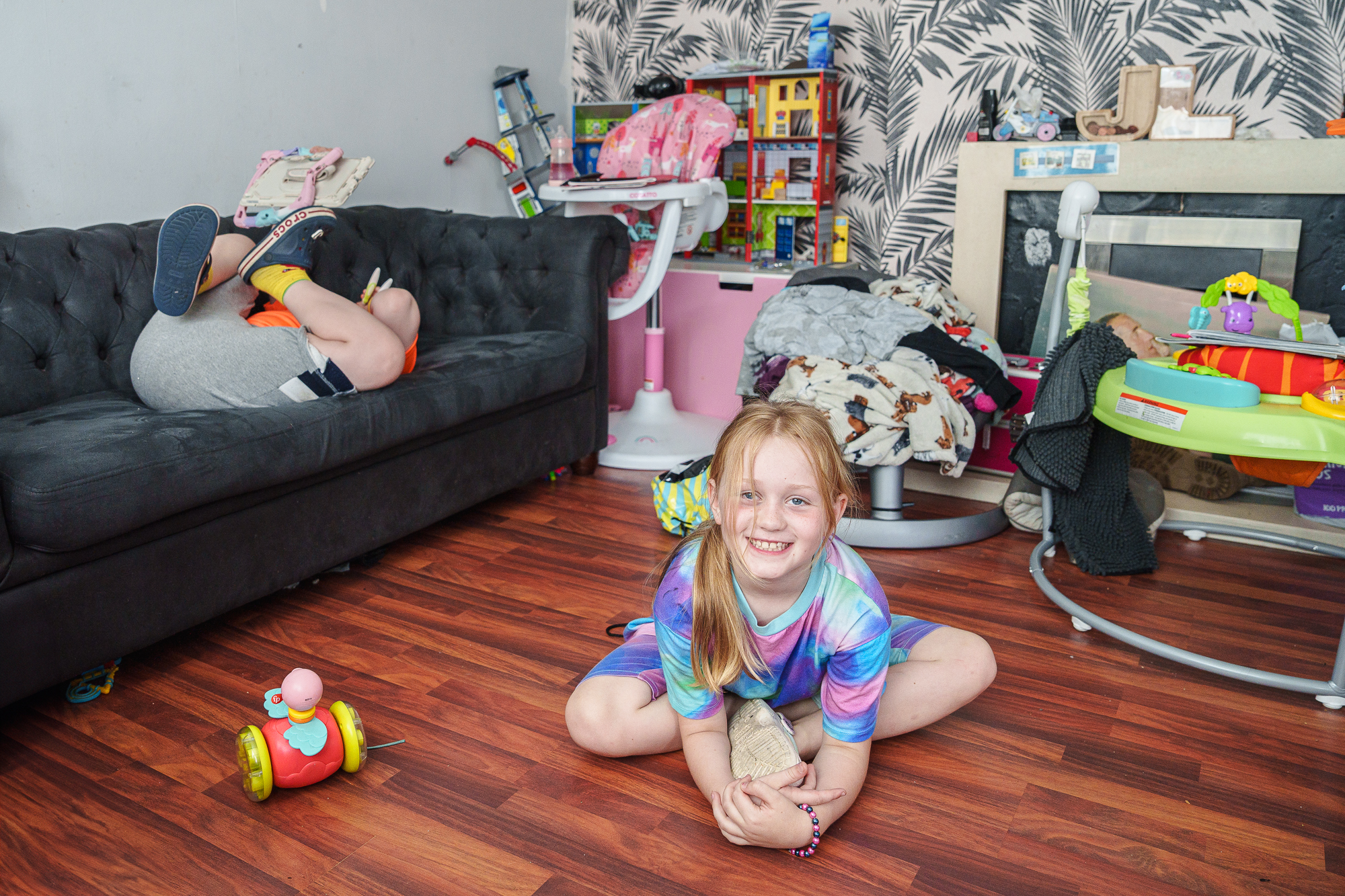
Bainbridge gathered images from others who have documented autism in the past and shared them with the Ogdens, encouraging the family to disclose their likes and dislikes. These preferences would allow him to develop a visual language that felt comfortable for them. “I’m not a believer that collaboration should just happen at the end,” Bainbridge reflects. “I think if it’s going to be truly collaborative, then it needs to happen from the start and continue all the way through.”
After almost seven weeks of conversations and meetings, Bainbridge spent three weekends photographing the Ogdens. They met at the family home or in local parks and woods – anywhere that Jacob’s autism, and Lainey’s suspected though as yet undiagnosed autism, could be comfortably accommodated. Jacob’s bedroom isn’t shown in the pictures, reflecting the Ogdens’ desire to keep some elements of his and their life private.
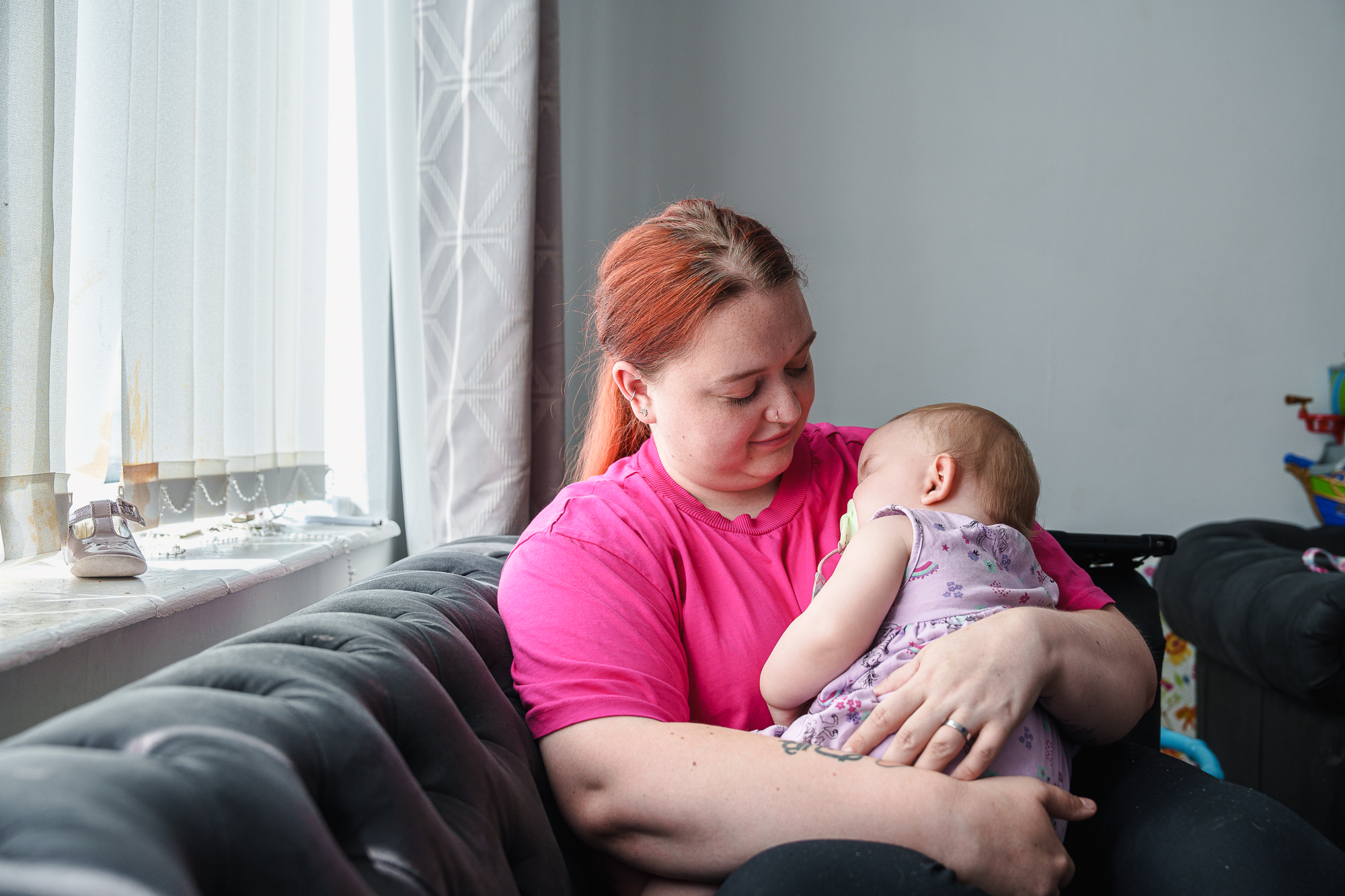
The images are warm, tender and freeing, capturing a family whose ‘normal’ may look slightly different to viewers, but whose bonds are clearly strong. “Everyone wore the same clothes every single week we photographed,” Bainbridge recalls, “so it almost looks like we did everything in an hour. But in a way it feeds into the discussion of autism, because Jacob likes to wear the same clothes every single day.”
The photographer has since turned The Family Ogden into a book, working collaboratively with the family to determine colour treatments and the final image selection. The pictures are surrounded by snippets of paperwork taken from Jacob’s diagnosis documents, which the family waited three years to receive. Alongside them are poems by his seven-year-old sister, Lainey, whose diagnosis is expected to take up to eight years to clear. “People say it’s a shame/But they don’t really know/My brother is a gift from God/I’m not sharing him though,” she writes.
Bainbridge acknowledges that the working relationship with the Ogdens is likely imperfect. As a “middle-aged white guy from the north of England”, he is conscious of what it means to be invited into spaces that are not his, and believes that the camera will always act as a barrier to truly open relationships. However, the photographer’s desire to understand and share the realities of daily life for autistic children and their families is clear – as is his commitment to participatory work. In the end, Bainbridge could only create one copy of The Family Ogden, and it can be found in the family home.

